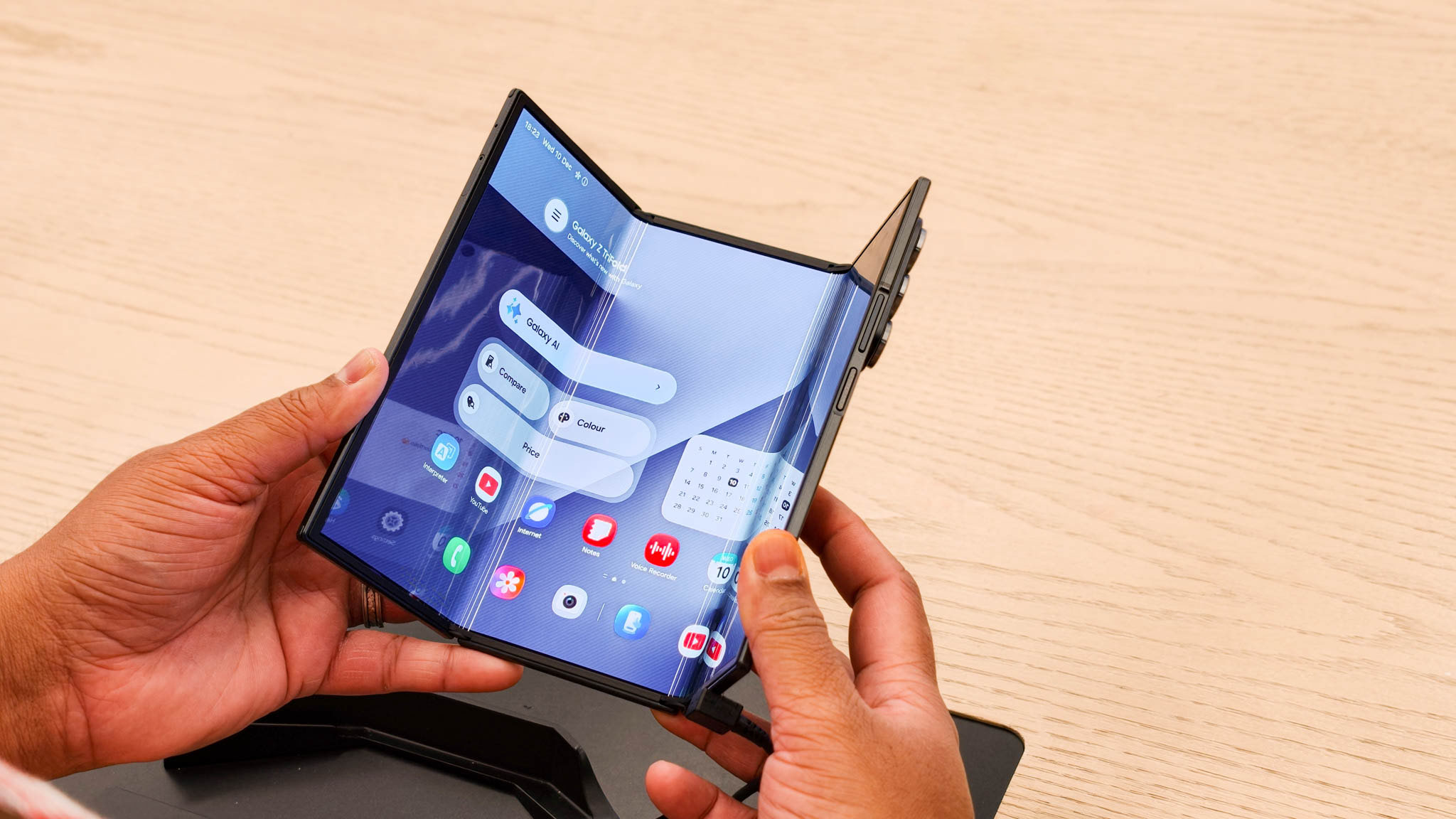6 reasons to buy a Google Pixel 6 instead of settling for the Pixel 5a

Google's Pixel 6 and 6 Pro are the hot new Android phones of the moment and with good reason. These are the best handsets Google has ever put out, raising the bar for what we can expect out of a high-end Pixel. But these new Pixels will share shelf space — and plenty of key software features — with the recently-launched Pixel 5a. The 5a is currently available in the U.S. and Japan, with laser-focused upgrades over the 4a and a head-turning price tag of $449.
But beware of false economy: Although the Pixel 5a is a great buy, the Pixel 6 is arguably even more competitive at its $599 base price. The new best Android phone under $600 is so good it's also the best under $800. And that means there are plenty of compelling reasons to take the plunge and get the slightly more expensive Pixel.
1. Faster screen
Both the Pixel 6 and Pixel 5a feature Full HD+ screens with around 800 nits of peak brightness, meaning they're plenty sharp and bright.
Don't underestimate the extra smoothness of 90Hz.
The Pixel 6, however, packs a 90Hz AMOLED display, meaning everything you do on the phone looks and feels smoother. It's hard to describe the difference that a high refresh rate makes to the perceived performance of a phone, but imagine going back to the old, laggy phone you might've been using four or five years ago. That's the difference in smoothness you'll see going from a 60Hz panel like the Pixel 5a's to a 90Hz display like the Pixel 6.
The display is the one component you're using almost every time you interact with your phone, and so the faster screen of the Pixel 6 is a worthwhile upgrade.
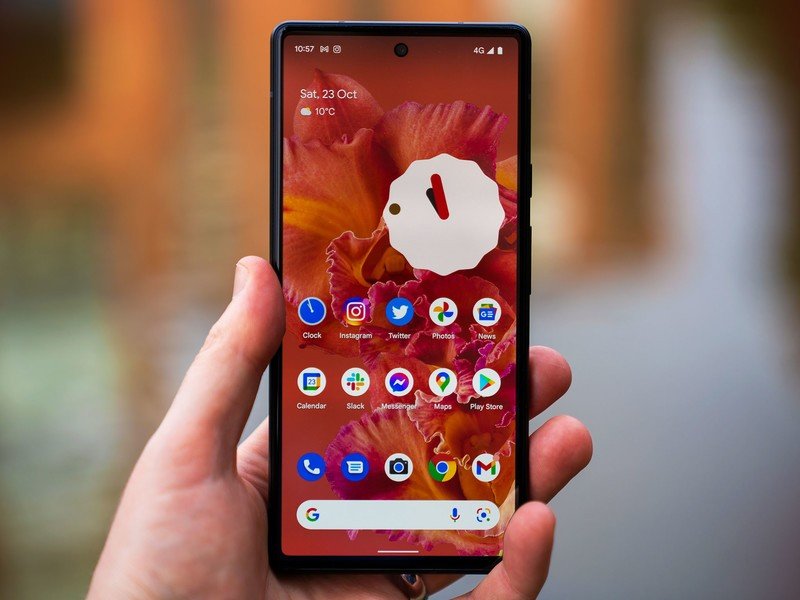
2. More compelling hardware
Let's be honest, most of the A-series Pixels over the past year or so have been painfully dull to look at, and the same applies to the Pixel 5a. The 5a is available only in "mostly black," a slightly greenish version of the black Pixel 5 with a similar bioresin finish. The Pixel 6, on the other hand, boasts Google's new design language built around the camera bar — the Cylon-style visor around the back of the handset that's instantly recognizable as a Pixel design feature.
The Pixel 6 also comes in more than one color, including more vibrant hues like "sorta seafoam" and "kinda coral" that are more eye-catching than any of the past year's mid-range Pixel phones.
Get the latest news from Android Central, your trusted companion in the world of Android
3. Additional charging options
Qi wireless charging is quickly becoming a table-stakes feature for any handset selling above the $500 mark, and Google has included it in its high-end Pixels since 2018. As such, it's no surprise to see that the Pixel 6 also includes wireless charging, this time at up to 21 watts on a supporting pad. The convenience of Qi charging might seem like a small thing, but invest in a few cheap charging pads, and you'll find it changes the way you think about topping up your phone during the day.
Likewise, the Pixel 6 boasts faster wired charging, supporting USB Power Delivery at up to 30 watts. Considering that both the Pixel 5a and 6 have similar capacity batteries, the quicker charging spec will have your Pixel 6 fully charged while the 5a is still chugging from its 18-watt power brick.
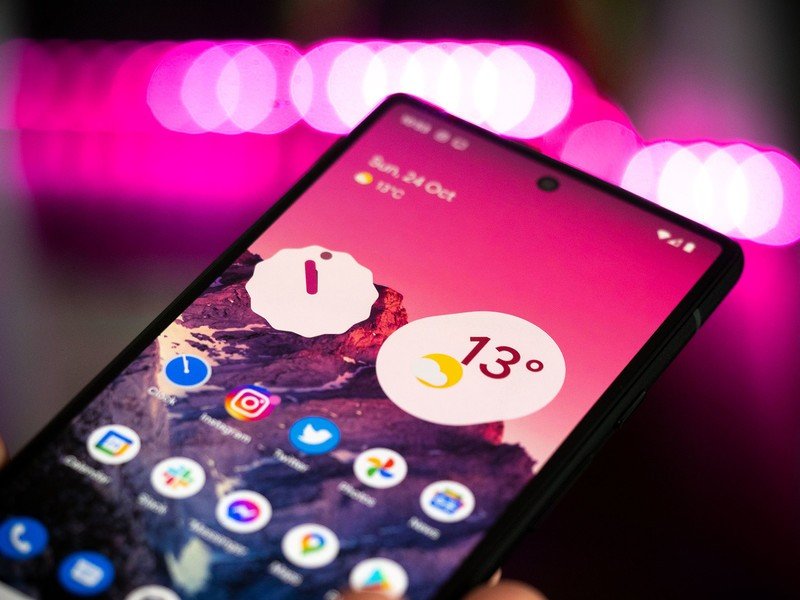
4. The power of Google Tensor
The processor of the Pixel 6 is an order of magnitude more powerful than the brains inside the Pixel 5a. Whereas the 5a uses an off-the-shelf Snapdragon 756G SoC — a mid-range part that debuted in early 2020 — the Pixel 6 sports Google's custom-made Tensor processor. As well as offering more general computing power than the Snapdragon 765G and a far quicker CPU, Tensor is built around machine learning performance and enhanced security.
Google Tensor is a serious upgrade from the chip in the 5a.
On the Pixel 6, Tensor enables features like Live Translation of conversations between 43 languages and new Google Photos capabilities like magic eraser. Speaking of which, Tensor's new Image Signal Processor has significantly more number-crunching power than the mid-range Snapdragon chip, helping pull out more detail from your photos, while improving color accuracy.
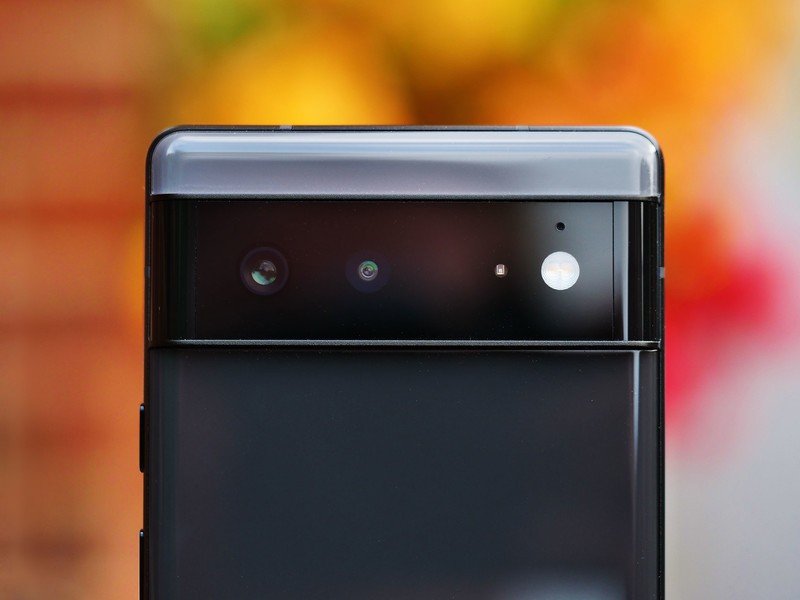
5. A way better camera setup across the board
The Pixel 6 series includes the first generational camera upgrade in the series' history, built around a new 50-megapixel main sensor. The larger camera captures 150% more light than the older sensors used in previous generation Pixels like the 5a. That means there's more wiggle room for taking great-looking shots in darker conditions or capturing subjects when they're moving around without motion blur.
The new sensor, combined with the Tensor processor, also brings a generational improvement to video capabilities, with more fine detail, better low-light performance, and superior stabilization.
And while the Pixel 6 lacks a dedicated telephoto camera, the upgraded ultrawide sensor lets you capture better-looking wide-angle shots, especially in night-time scenes.

6. Longer software support
This one's pretty simple: Because the Pixel 6 uses Google's own silicon, the company can offer security updates for at least five years from the time of launch. That's two more years than you'll get from the Pixel 5a.
Plus, the fact that the Pixel 6's support lifespan for Android version updates ends two months after the 5a means it'll likely enjoy an additional platform update too. When new versions drop, the Pixel 6 should get new Android features up to Android 15, whereas the 5a is only guaranteed to receive Android 14.
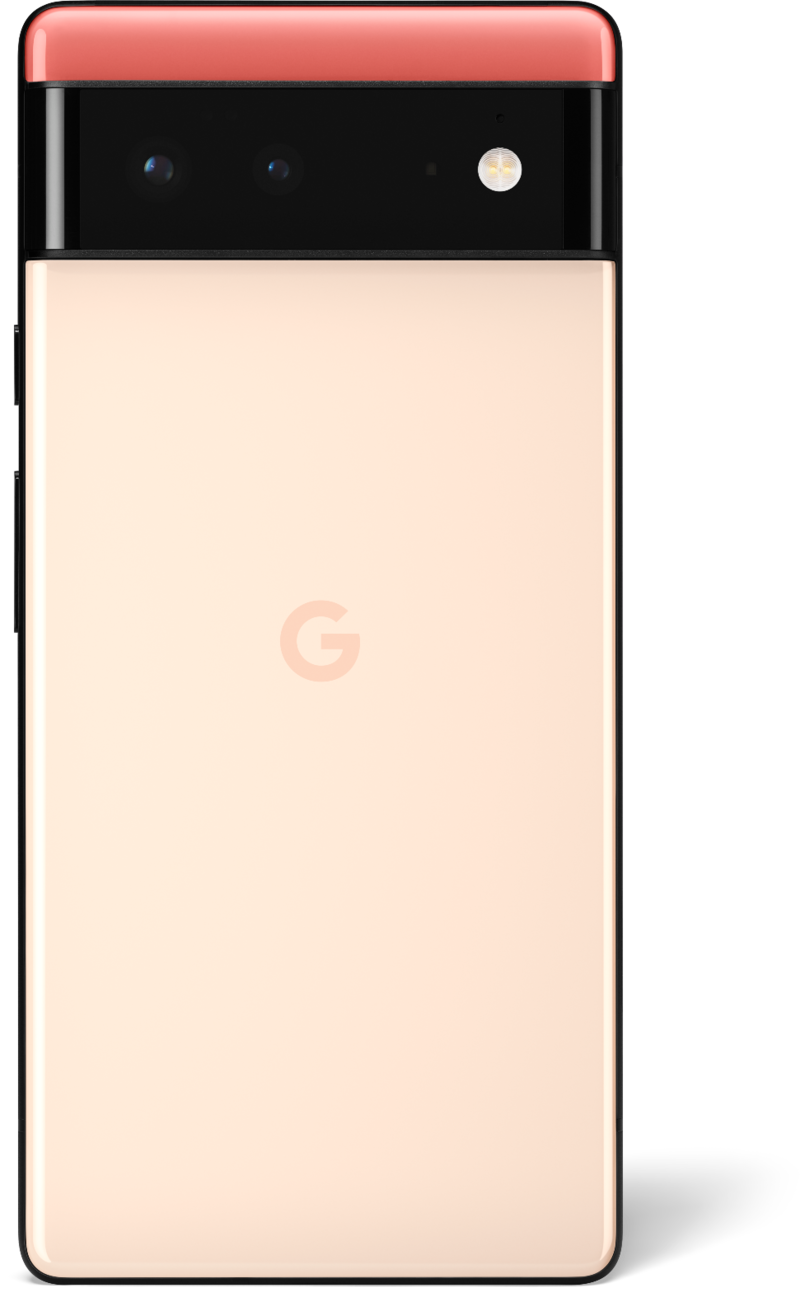
Probably the best Android phone for most people
Finally. After a hit-and-miss track record, the Pixel 6 is a solid high-end Android phone with plenty of excellent AI-based Googley features and a phenomenal camera setup. For under $600, it's hard to fault this year's base model Pixel flagship.

Alex was with Android Central for over a decade, producing written and video content for the site, and served as global Executive Editor from 2016 to 2022.
